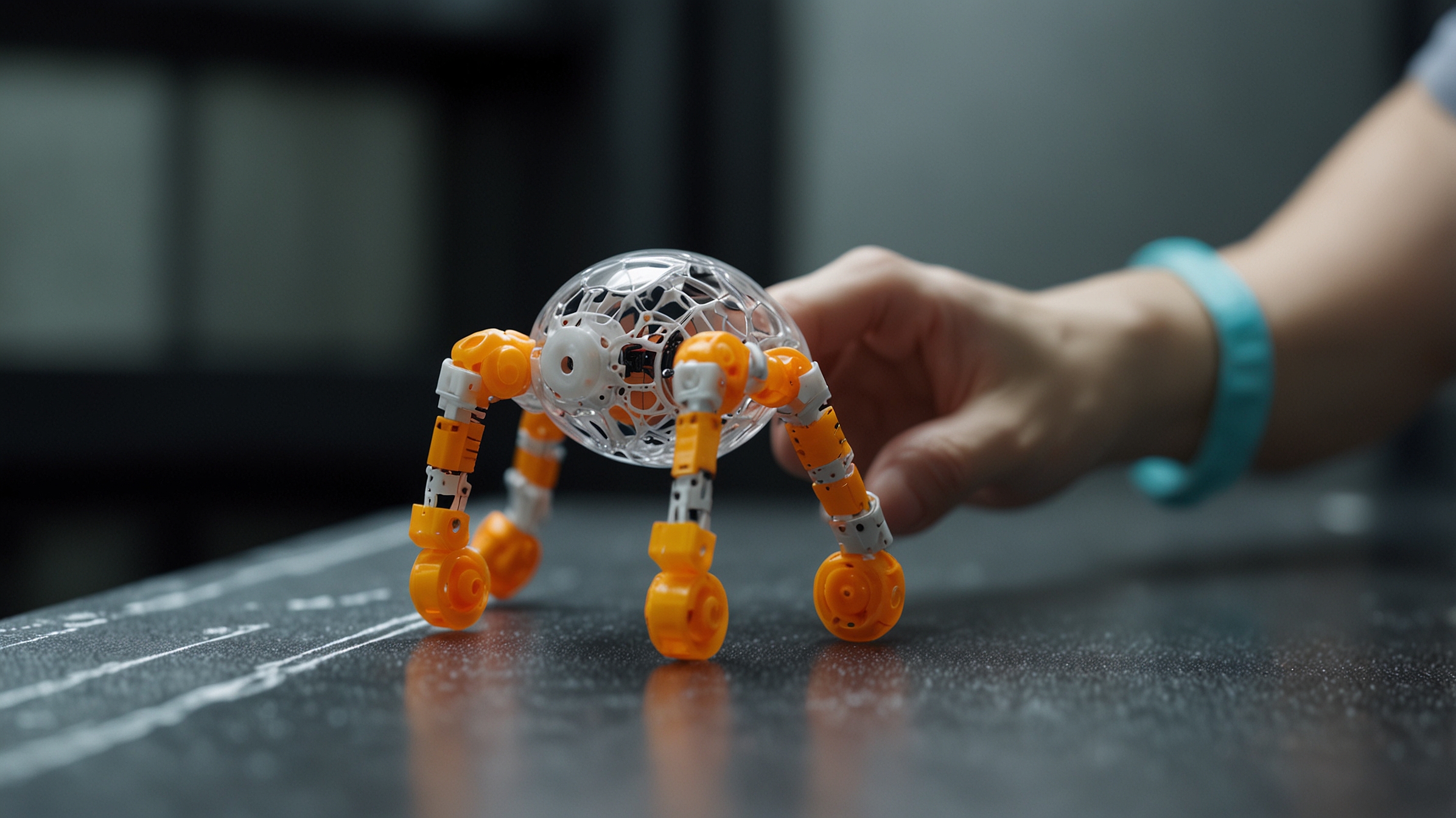When you think of robots, you might imagine stiff, metal machines moving mechanically through factories or sci-fi battlefields. But a new wave of innovation is reshaping how we think about machines: soft robotics. These flexible, often squishy creations are designed to move, adapt, and interact with the world much like living beings. And they’re not just cool — they’re poised to revolutionize industries like surgery, caregiving, and beyond.
What Is Soft Robotics?
At its core, soft robotics is a field of technology focused on creating robots from highly flexible materials like silicone, rubber, and fabrics, rather than rigid metals and plastics. Inspired by biological organisms — think of an octopus arm or the delicate movement of a human hand — soft robots can bend, stretch, and twist in ways traditional machines simply can’t.
The goal isn’t just to make robots more lifelike; it’s about designing machines that can operate safely and efficiently in environments that require a gentle touch, complex movement, or adaptability.
Why Flexibility Matters
Traditional robots are excellent at tasks requiring precision and repetition, like assembling cars or welding parts. However, they’re limited in environments that aren’t highly controlled. They can be dangerous around humans and fragile objects.
Soft robots, on the other hand, are naturally safer and more adaptable. Their flexibility allows them to:
- Work alongside humans without risking injury.
- Handle delicate items like fruits, tissues, or surgical tools.
- Navigate unpredictable environments, squeezing through tight spaces or moving across uneven terrain.
This flexibility opens up possibilities in areas where traditional robotics would either be impractical or unsafe.
Applications Across Industries
1. Medicine and Surgery
In healthcare, soft robotics is making a major impact. Soft robotic arms can assist in minimally invasive surgeries, maneuvering with extreme precision around vital organs. Tiny, flexible robots can even crawl through the body to deliver drugs, remove clots, or repair tissues — all while minimizing damage to surrounding areas.
Rehabilitation is another major area. Soft exoskeletons and wearable robotic devices are helping stroke survivors and those with mobility impairments regain movement gently and effectively.
2. Caregiving and Assistance
Imagine a robot that can help an elderly person get out of bed without risk of injury. Soft robotic assistive devices can gently support human bodies, adapting their pressure and shape to avoid harm. In an aging global population, these technologies could become essential caregivers, providing independence and dignity to those who need help.
3. Agriculture and Food Handling
Picking strawberries sounds simple, but in reality, it’s a delicate task that many robots fail at — traditional grippers are too rough. Soft robotic grippers can mimic the gentle touch needed to handle fragile fruits and vegetables without bruising them, boosting efficiency and reducing waste in agriculture.
4. Search and Rescue
Soft robots’ ability to navigate tight or dangerous spaces makes them ideal for search and rescue missions. They can crawl through debris, access hard-to-reach victims after natural disasters, and even monitor hazardous environments without risking human lives.
Challenges on the Horizon
As exciting as soft robotics is, the field still faces significant hurdles. For example:
- Control and Precision: Flexible materials are harder to control than rigid structures. Researchers are developing new types of sensors, AI, and learning algorithms to better manage these complex movements.
- Durability: Soft robots must be durable enough to withstand repeated stress without tearing or wearing down too quickly.
- Power Supply: Building flexible, lightweight batteries or energy systems that can move with the robot remains a major engineering challenge.
Despite these obstacles, the field is advancing rapidly. Hybrid designs — combining soft and rigid parts — are also emerging, blending the best of both worlds.
The Future of Soft Robotics
The future of soft robotics looks incredibly promising. Researchers are exploring “biohybrid” robots that integrate living tissues with synthetic materials, creating machines that heal themselves or grow like real organisms.
Consumer products might also soon benefit from soft robotics. Imagine clothing that can subtly adjust its fit or sneakers that adapt to your running style in real-time.
Ultimately, soft robotics isn’t just about making machines that look like us — it’s about building machines that move, feel, and interact with the world in fundamentally more human ways





